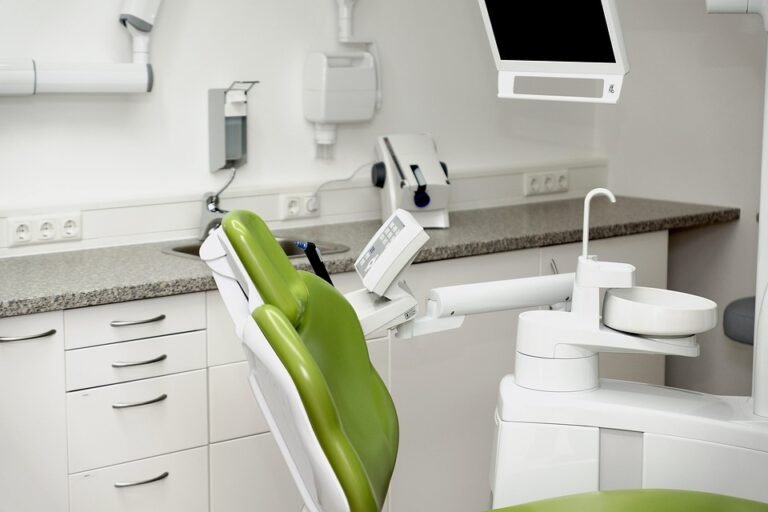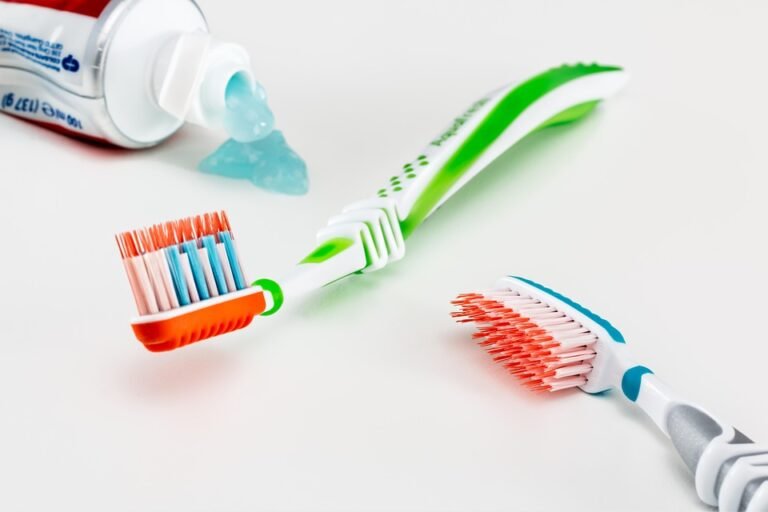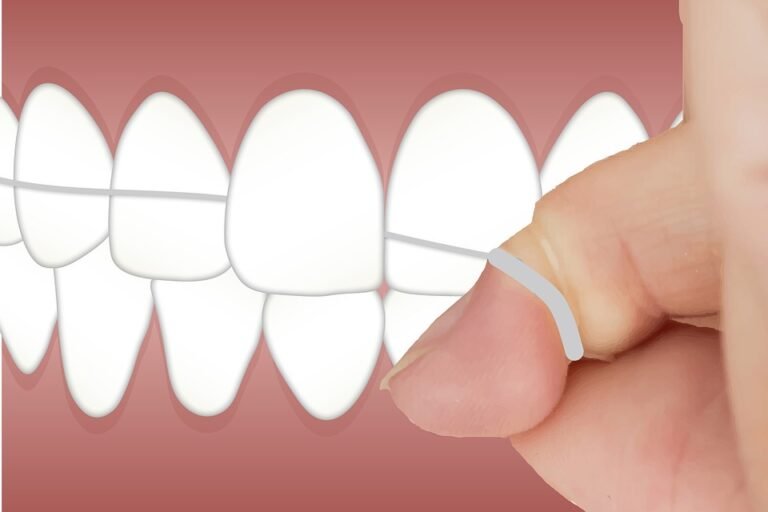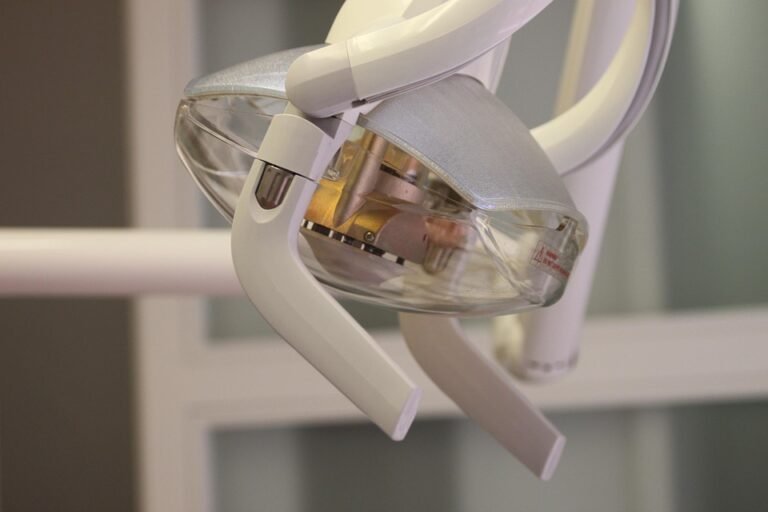Does online learning cater to different learning styles in dental education?
I’m a second-year dental student and I’m starting to feel like the online component of our curriculum just…doesn’t work for me the way it does for some of my classmates. We have a lot of pre-recorded lectures and readings, and then sometimes a live Q&A session. I’m finding it hard to stay engaged and retain information, whereas some of my friends seem to be thriving.
I’m wondering if online dental education, generally, is designed to accommodate different learning styles effectively. Are there pedagogical strategies being used to cater to visual, auditory, kinesthetic, or read/write learners? Or is it mostly just lectures and text-based materials?
I’m particularly interested in hearing from other dental students, faculty involved in online dental education, or anyone who has insights into how different learning styles are addressed (or not addressed) in this context. Are there specific technologies, activities, or assessment methods being used to better reach students with diverse learning preferences? Are there things I could suggest to my professors to better cater to my learning needs? It feels like I’m just passively absorbing information, and I learn best when I’m actively involved. Thanks!
Answer
Online learning in dental education can cater to different learning styles, but the extent to which it does so depends heavily on the design and implementation of the online program. Let’s examine how different learning styles might be addressed:
1. Visual Learners:
- Opportunities: Online platforms excel at delivering visual content. Dental education relies heavily on visual information due to the anatomical and procedural nature of the field. Online learning can incorporate:
- High-Quality Images & Graphics: Detailed anatomical diagrams, clinical photographs of dental conditions, and step-by-step illustrations of procedures can be readily presented. 3D models and interactive anatomical visualizations can enhance spatial understanding.
- Videos: Demonstrations of dental procedures, lectures with visual aids, animations explaining physiological processes, and virtual patient simulations offer diverse visual learning opportunities. Short, focused videos can be more effective than lengthy lectures. Screen recordings of software walkthroughs (e.g., digital impression taking, treatment planning software) are also valuable.
- Infographics & Charts: Complex information (e.g., classification systems for dental diseases, treatment algorithms) can be summarized and presented visually for easy comprehension.
- Challenges: The quality of visual content is critical. Poorly produced images or videos can hinder learning. Furthermore, passive viewing of visual materials might not be sufficient for some learners; interactive elements and opportunities for active engagement are essential.
2. Auditory Learners:
- Opportunities: Online learning can provide a variety of auditory learning experiences:
- Recorded Lectures: Students can listen to lectures at their own pace, pausing, rewinding, and re-listening as needed. Transcripts or closed captions can be provided to reinforce auditory information with visual text.
- Podcasts & Audio Summaries: Concise audio recordings can summarize key concepts or provide clinical case discussions. These are particularly useful for learning on the go.
- Interactive Webinars & Live Q&A Sessions: These provide opportunities for real-time auditory interaction with instructors and peers.
- Challenges: Audio quality is crucial. Distracting background noise or unclear speech can impede learning. Students may need to actively engage with the auditory material by taking notes, summarizing key points, or participating in discussions to maximize learning.
3. Kinesthetic/Tactile Learners:
- Opportunities: This is arguably the most challenging learning style to accommodate in a fully online dental education setting, given the hands-on nature of the profession. However, several approaches can be used:
- Virtual Simulations: Haptic feedback devices and virtual reality environments can simulate the tactile sensations of performing dental procedures. While not a perfect substitute for real-world experience, these technologies are rapidly advancing and offer a valuable means of practicing motor skills.
- Hands-On Activities with Physical Models: Students can be provided with physical models (e.g., typodont teeth, mannequins) and materials to practice specific techniques at home. Instructors can provide guidance and feedback through video conferencing or online forums.
- In-Person Lab Sessions: Blended learning approaches, which combine online learning with periodic in-person lab sessions, offer the best opportunity for kinesthetic learners to develop their skills. These sessions allow students to practice on real patients or mannequins under the supervision of experienced instructors.
- "Teledentistry Simulations": Students can use live video conferencing to interact with standardized patients (actors) while demonstrating clinical examination skills on a partner or mannequin. Instructors can observe and provide feedback remotely.
- Challenges: Replicating the tactile sensations and fine motor skills required in dentistry is difficult in a virtual environment. Access to appropriate models, materials, and technology can be a barrier for some students. The effectiveness of virtual simulations depends on the realism and accuracy of the simulation.
4. Reading/Writing Learners:
- Opportunities: Online learning environments are naturally conducive to reading and writing activities:
- Online Articles & Textbooks: Students can access a vast library of digital resources, including textbooks, journal articles, and clinical guidelines.
- Discussion Forums & Online Collaboration: Students can engage in written discussions with peers and instructors, sharing ideas, asking questions, and receiving feedback.
- Assignments & Assessments: Essays, case reports, research papers, and online quizzes provide opportunities for students to demonstrate their understanding through writing.
- Annotated Readings: Students can highlight and annotate digital texts, making notes and connecting ideas.
- Challenges: Students need to be proficient in reading and writing skills to succeed in this learning environment. The sheer volume of written material can be overwhelming if not carefully curated and organized.
Factors Influencing the Effectiveness of Online Learning for Different Learning Styles:
- Instructional Design: A well-designed online course will incorporate a variety of learning activities and resources to cater to different learning styles. It will also provide clear instructions, timely feedback, and opportunities for interaction.
- Technology: The online platform should be user-friendly, accessible, and reliable. It should support a variety of media formats and interactive features.
- Instructor Expertise: Instructors need to be skilled in online teaching methods and able to adapt their teaching to meet the needs of diverse learners.
- Student Motivation & Self-Discipline: Online learning requires a high degree of self-motivation and self-discipline. Students need to be able to manage their time effectively, stay organized, and take responsibility for their own learning.
- Accessibility: Online learning materials and activities must be accessible to all students, including those with disabilities. This includes providing captions for videos, transcripts for audio recordings, and alternative text for images.
In conclusion, online learning in dental education can cater to different learning styles through diverse methods. However, its effectiveness depends on careful instructional design, appropriate use of technology, and the commitment of both instructors and students. The kinesthetic learning style presents the greatest challenge, requiring innovative solutions such as virtual simulations, hands-on activities with physical models, and blended learning approaches with in-person lab sessions. Furthermore, high-quality course development is necessary to provide meaningful and effective instruction.




